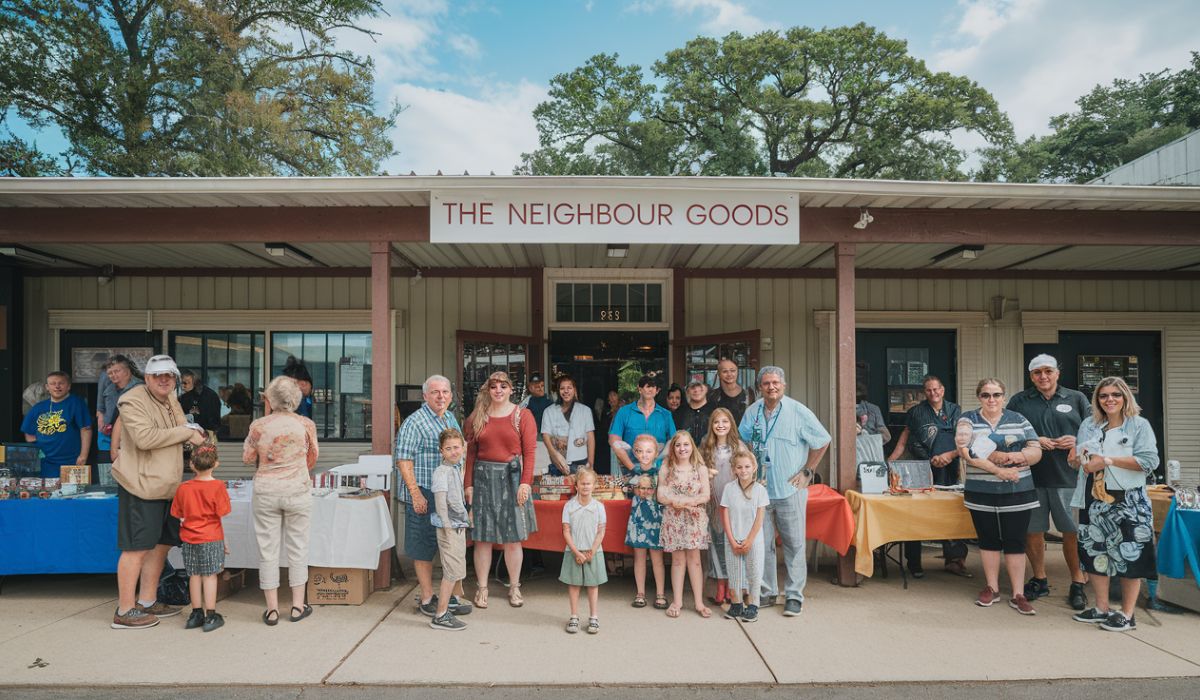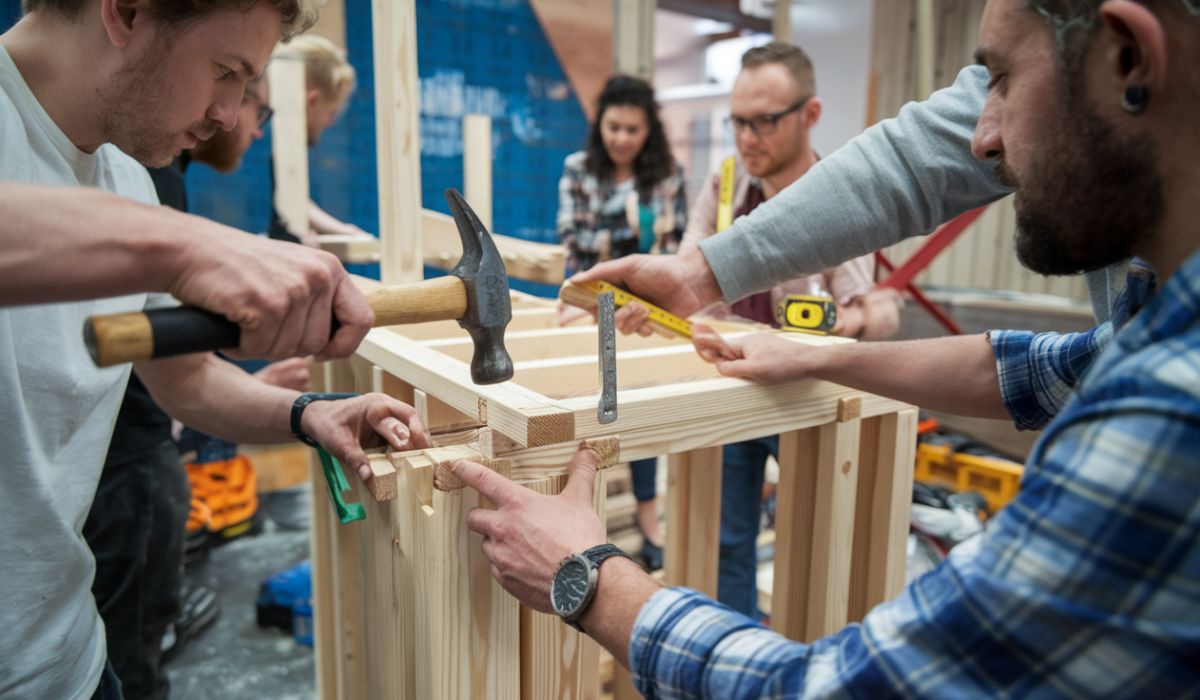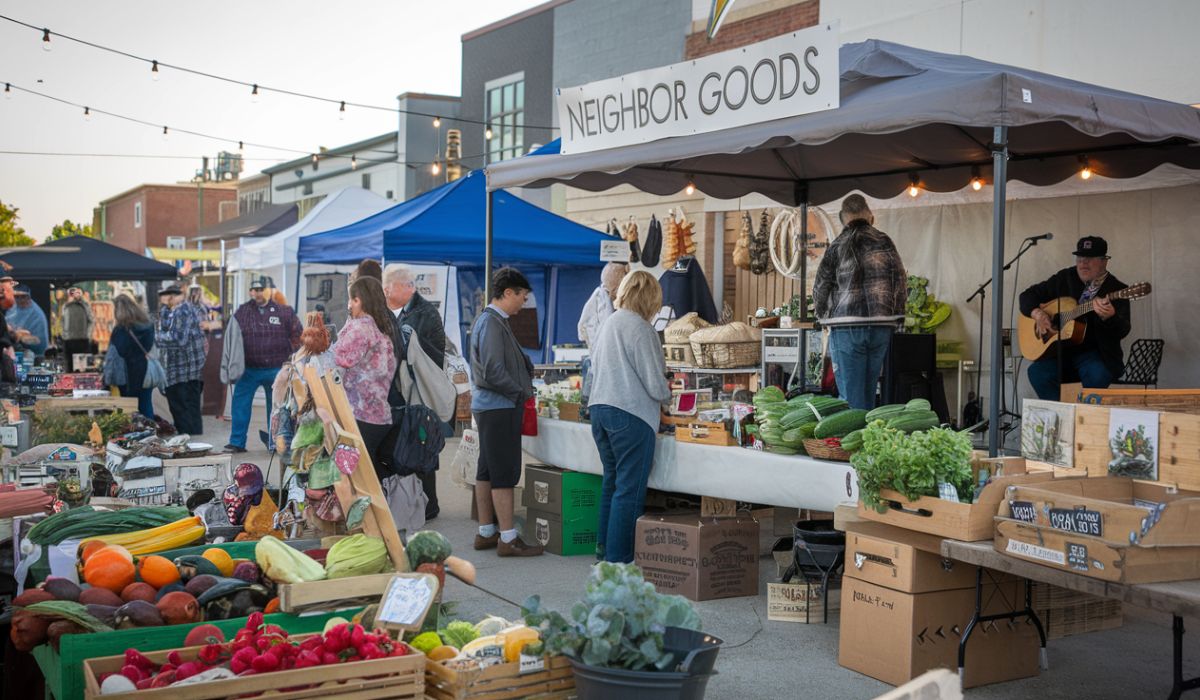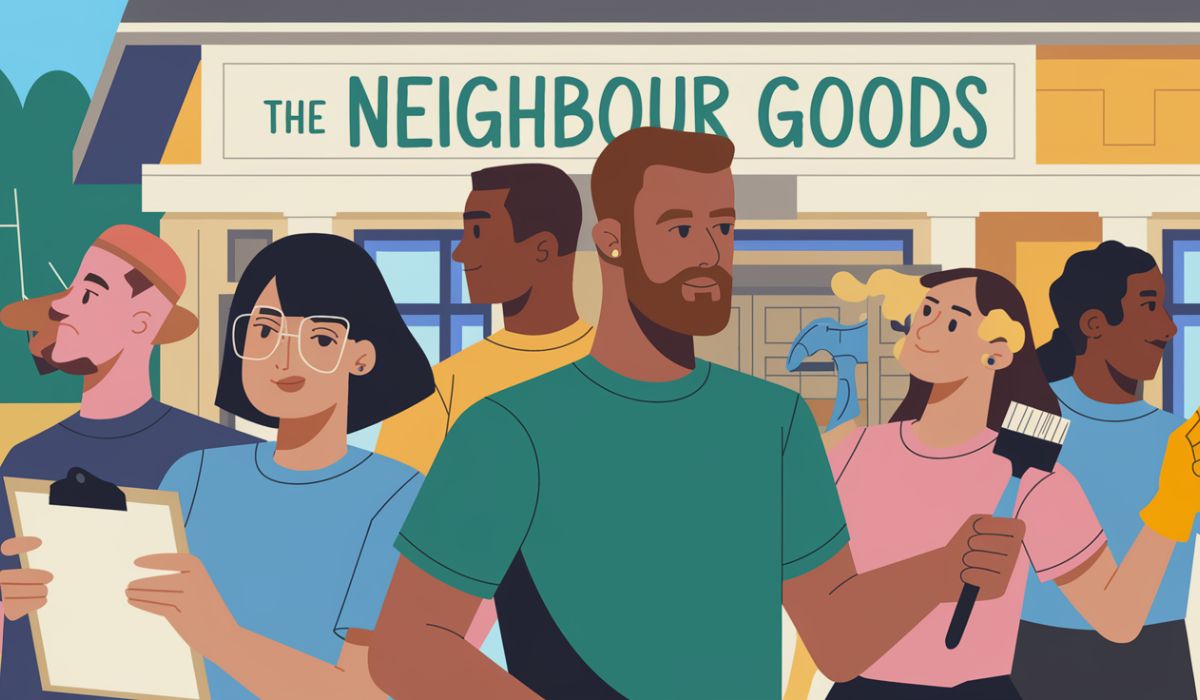In today’s world, where connections can often feel distant and impersonal, the concept of “The Neighbour Goods” has emerged as a powerful way to bring people together. But what exactly are The Neighbour Goods, and how can they strengthen the ties between neighbors and communities? This article dives into the idea, exploring how sharing resources, skills, and time can foster a sense of belonging and cooperation. Let’s explore the key aspects of The Neighbour Goods and discover how this simple yet impactful concept is reshaping how we interact with those around us.
Introduction to The Neighbour Goods
Have you ever borrowed a tool from a neighbor or asked for help with a small task? If so, you’ve already participated in what could be called The Neighbour Goods. In a world that often seems driven by individualism, this concept reminds us of the value of community and sharing. It’s all about helping each other out, creating a culture where neighbors support one another by lending time, resources, or skills. But how exactly does this work? And why is it becoming such an important movement in communities today?
What Are The Neighbour Goods?

At its core, The Neighbour Goods is a practice where people in a community share their belongings, skills, and time with one another. Instead of buying new items or services, neighbors can borrow tools, trade skills, or help each other in ways that foster cooperation. It’s not just about saving money—it’s about building relationships and creating a sense of trust and camaraderie among people living close to each other.
Imagine you need a ladder for a quick fix around the house, but you don’t own one. Instead of buying a ladder, you could borrow it from a neighbor, and in return, maybe you help them with something else down the line. This reciprocal system creates a web of shared goods and services, making everyone’s life easier and more connected.
The Origins of The Neighbour Goods Concept
While the term The Neighbour Goods might sound new, the idea itself is as old as time. Historically, communities thrived on cooperation and mutual aid. Before modern commerce became widespread, neighbors helped each other with farming, building, and even raising children. The Neighbour Goods concept is essentially a revival of this age-old practice, adapted to fit our modern lifestyle.
With urbanization and the rise of technology, people began to drift apart, often losing the close-knit community ties that once defined neighborhoods. But now, with movements like The Neighbour Goods, there’s a resurgence of interest in fostering these connections again, driven by a desire for sustainability and stronger community relationships.
How The Neighbour Goods Strengthen Community Bonds
What’s the magic behind The Neighbour Goods? It’s simple: when people share, they build trust. By lending or borrowing items, or offering time and skills to one another, neighbors develop relationships that go beyond just being people who live nearby. It turns strangers into friends and builds a support system that can be incredibly valuable in everyday life.
Consider this: when you help a neighbor fix their bike or offer to watch their pet while they’re away, you’re not just performing a task. You’re building a bond that strengthens the fabric of the community. And as these small interactions multiply, they create a culture of support and unity, which benefits everyone involved.
Key Components of The Neighbour Goods

The Neighbour Goods can take many forms, depending on the needs and interests of a particular community. However, some common components include:
- Sharing physical goods: Items like tools, appliances, or gardening equipment are commonly shared between neighbors.
- Exchanging services: This might include helping with home repairs, babysitting, or offering a ride to someone in need.
- Sharing skills and knowledge: From tutoring kids to teaching someone how to garden, exchanging skills can be incredibly valuable.
- Organizing community events: Block parties, clean-up efforts, or neighborhood watch groups are great ways to bring people together.
The key to success in The Neighbour Goods is communication and mutual respect. When neighbors trust each other and are willing to share their time and resources, the possibilities are endless.
Examples of The Neighbour Goods in Action
Let’s take a look at some real-life examples of The Neighbour Goods:
- Tool Sharing Programs: In some neighborhoods, residents create a shared inventory of tools that anyone can borrow. This reduces the need for each household to buy expensive tools they’ll only use occasionally.
- Community Gardens: A community garden allows neighbors to share space, seeds, and gardening tools. It also provides fresh produce and creates a space for neighbors to connect.
- Skill Swapping: Neighbors might exchange skills—someone might help fix a car in exchange for cooking lessons or help with home repairs.
- Local Exchange Networks: Some communities organize exchange networks where residents can trade services like babysitting, tutoring, or pet sitting without any monetary exchange.
These examples highlight how The Neighbour Goods can take on many different forms, all with the goal of making life a little easier and more connected.
The Benefits of Sharing with Neighbours
Why should you embrace The Neighbour Goods? The benefits are vast:
- Cost savings: Borrowing items you rarely use, like power tools, can save you money.
- Environmental sustainability: Sharing resources reduces the need for new products, cutting down on waste and consumption.
- Building relationships: Sharing fosters a sense of community and helps you get to know your neighbors better.
- Increased security: A tight-knit neighborhood is often a safer one. When people know and trust each other, they’re more likely to look out for one another.
- Access to resources: Even if you don’t own certain tools or have specific skills, your neighbors might, allowing everyone to have access to more without spending extra money.
Challenges and How to Overcome Them
While the benefits of The Neighbour Goods are clear, there can be challenges as well. Some common issues include:
- Trust: Some people may feel hesitant about sharing their belongings or borrowing from others.
- Responsibility: When borrowing items, there’s always the risk of damaging something, which can lead to awkward situations.
- Organization: Keeping track of who has borrowed what and when can become confusing without proper systems in place.
To overcome these challenges, it’s essential to establish clear communication and guidelines. Simple systems like tracking borrowed items or agreements on how to handle damage can go a long way in making everyone feel comfortable.
How Technology is Enhancing The Neighbour Goods
Technology is playing a significant role in bringing The Neighbour Goods to life. Apps and online platforms allow neighbors to connect, list items they’re willing to share, and organize community events. These tools make it easier to coordinate and track shared resources, taking the guesswork out of who has what and making the whole process more efficient.
Platforms like Nextdoor or neighborhood-specific sharing apps have grown in popularity, allowing people to engage with their community in new ways, from borrowing lawnmowers to coordinating block parties.
How to Get Started with The Neighbour Goods in Your Area

Ready to bring The Neighbour Goods to your community? Here are a few steps to get started:
- Start small: Begin by borrowing or lending something simple, like a tool or appliance.
- Organize a meeting: Host a neighborhood get-together to introduce the concept and see who’s interested.
- Create a system: Whether it’s an app, a Facebook group, or a physical sign-up sheet, having a way to keep track of shared resources will make the process smoother.
- Lead by example: Show your neighbors how easy and rewarding it is to share by offering your own skills, time, or items first.
The Future of The Neighbour Goods
As more people look for ways to live sustainably and foster stronger communities, the future of The Neighbour Goods looks promising. With the help of technology and an increasing focus on environmental conservation, more neighborhoods are adopting this practice. The potential for expansion is vast, as communities around the world are seeing the value in cooperation over consumption.
The growing popularity of sharing platforms and local exchange networks suggests that The Neighbour Goods could soon become a normal part of how we live, shop, and interact with those around us.
Conclusion
In a world that often feels disconnected, The Neighbour Goods offers a simple yet profound way to reconnect with those around us. By sharing resources, skills, and time, neighbors can build trust, save money, and create stronger, more supportive communities. The power of The Neighbour Goods lies not just in the physical items exchanged but in the relationships built along the way. So, why not give it a try? The benefits, both personal and communal, are well worth it.
FAQs
1. What are The Neighbour Goods?
The Neighbour Goods refers to the practice of sharing goods, skills, and time with neighbors, fostering a sense of community and cooperation.
2. How can I start a Neighbour Goods initiative?
You can start by introducing the idea to your neighbors, lending or borrowing simple items, and using technology or sign-up sheets to track shared resources.
3. What are the benefits of participating in The Neighbour Goods?
The benefits include cost savings, environmental sustainability, stronger community ties, and increased access to resources.
4. How does technology enhance The Neighbour Goods?
Technology makes it easier to organize and track shared resources through apps and online platforms, allowing neighbors to connect and collaborate more efficiently.
5. What challenges can arise from sharing with neighbors?
Common challenges include trust, responsibility for borrowed items, and organization. These can be addressed through clear communication and systems for tracking shared items.
For More Visit, Thecelebrities






